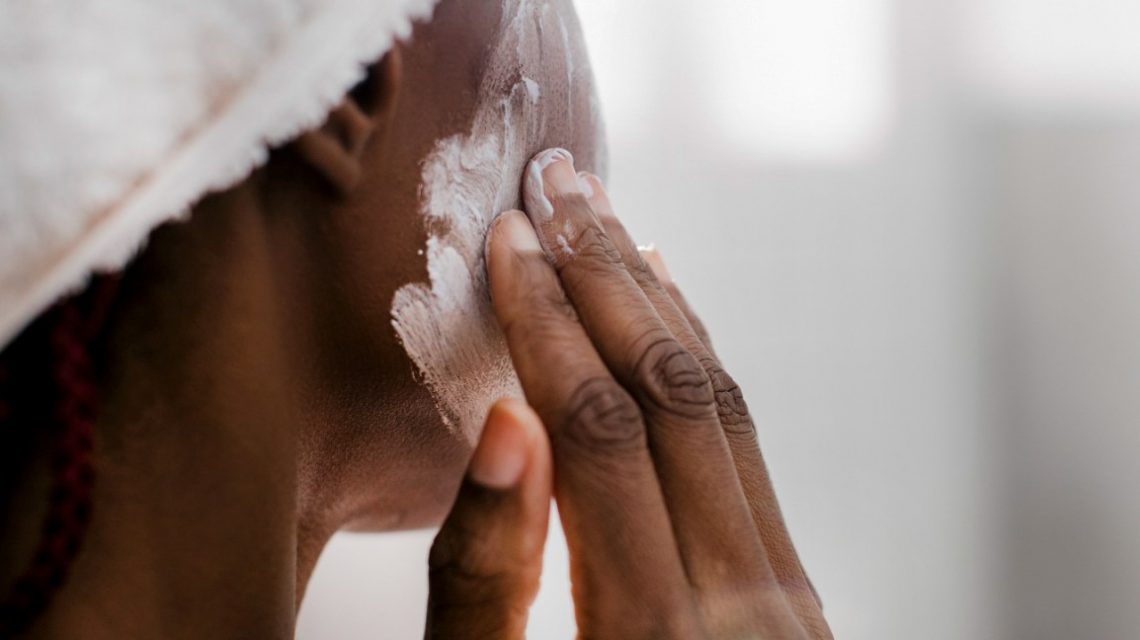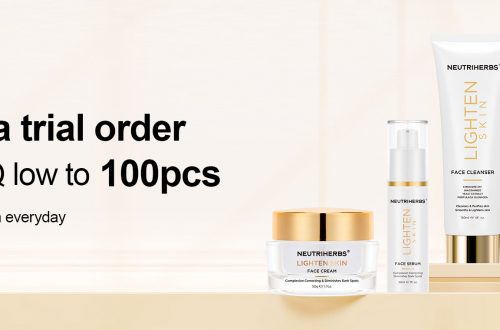
Can you combine niacinamide with vitamin C?
Niacinamide and vitamin C work well together for skin care. But sometimes you read that you shouldn’t do that. There are two reasons for this: The “individual” ingredients would no longer work if you applied them together. The combination would also cause reddening of the skin. Luckily, that happens very rarely… Here we’ll explain it to you.
When vitamin C and niacinamide combine, a new substance can form under certain circumstances: niacinamide ascorbate. It is said that the combination causes vitamin C and niacinamide to lose their beneficial effects on the skin. The ingredients should then, for example, no longer lighten pigment spots, no longer help against pimples or protect against skin aging.
However, the substance niacinamide ascorbate does not always form. For this, the pH value (acidity) of the cream must be just right. Namely, niacinamide ascorbate is easily formed at a pH of 3.8. This reaction is reversible. Once the pH is below 3.8, niacinamide ascorbate breaks down into “normal” vitamin C and niacinamide. And even if they have formed another substance, they can still positively affect the skin.
However, not all forms of vitamin C
Because niacinamide ascorbate only forms around pH 3.8, it matters what form of vitamin C your Skincare product contains. Because the different forms of vitamin C work at different pH values, in the form of vitamin C, ascorbic acid, because ascorbic acid works at a low pH (like 3.8), vitamin C and niacinamide can combine to form niacinamide ascorbate. But other forms of vitamin C, like Ascorbyl Tetraisopalmitate, also work at a higher pH. Ascorbyl Tetraisopalmitate also has a different structure than Ascorbic Acid, which allows Niacinamide Ascorbate to form less quickly, or most likely not at all.
Is Niacinamide Ascorbate ineffective, then? A study also shows that niacinamide ascorbate can do something for the skin. This substance seems to be able to reduce the production of melanin by the sun.
Can your skin turn red?
Vitamin C can turn into niacinamide and niacin. Niacin can dilate the veins in the skin, causing redness and tingling on the skin. Niacin is formed when there is a lot of heat. Niacinamide always contains some niacin. And in small amounts, you don’t notice it. For large quantities of niacin to form, high temperatures and a lot of time are needed.
At 45 °C, a maximum of 2 per cent niacin has formed after six weeks. For this to happen, the product must be stored very warm. Even in the bathroom, it’s not that warm. However, it is advisable to refrigerate a product containing vitamin C, but not because of the niacin formation. Vitamin C does not get along well with heat, reducing its effectiveness.
the viscosity of the product
The formation of niacin is also retarded by the viscosity, or “thickness,” of the product. Luckily, skin care products almost always contain a thickener to make the cream or serum easier to spread. So you don’t need to worry about a lot of niacin building up in your product.
How do you combine them?
Niacinamide and vitamin C can work well together, fortunately, because both niacinamide and vitamin C are ingredients that are popular in skin care products. If your product contains both niacinamide and the form of vitamin C, ascorbic acid, this could make the product less effective due to the possible formation of niacinamide ascorbate. It is, therefore, better to choose a cream or serum with a different form of vitamin C or two different products. In this case, we advise waiting ten minutes between applying the two products.




